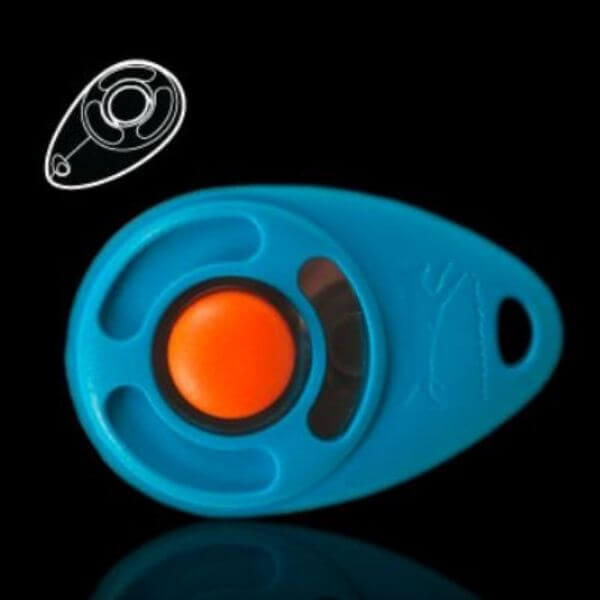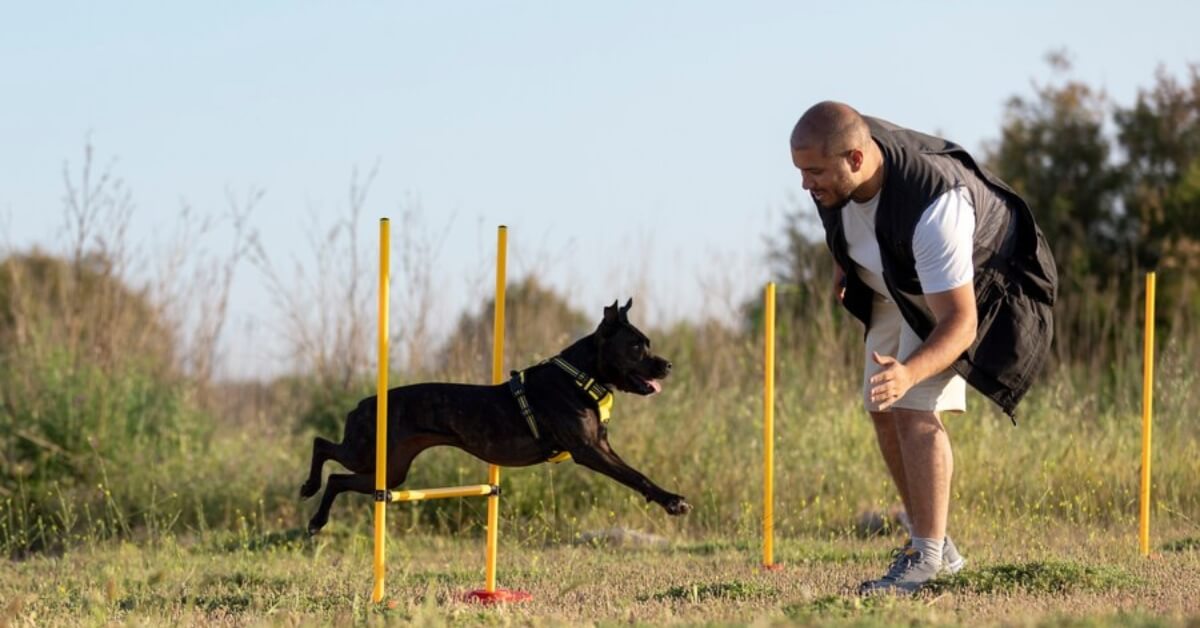
Understanding the Begging for Food Behaviour
-
Conditioning
If a dog has been fed from the table or given scraps during meal times, they have been conditioned to expect food when humans eat. This can encourage begging behavior.
-
Hunger or Diet Issues
If a dog’s diet is not fulfilling their nutritional needs, or if they’re not fed regularly, they may beg for food due to hunger.
-
Attention Seeking
Dogs often associate begging with receiving attention. If begging results in attention, even negative attention like scolding, it can reinforce the behavior.
-
Natural Scavengers
Dogs are natural scavengers and are instinctively attracted to different food smells. The enticing smells coming from human food can prompt begging behavior.
-
Boredom
Sometimes, dogs might beg for food out of boredom. If they’re not mentally or physically stimulated, they might turn to begging as a way to interact and get attention.
-
Learned Behavior
Dogs are highly social and intelligent creatures. They might observe and learn from other pets in the household who beg for food and get rewarded for it.
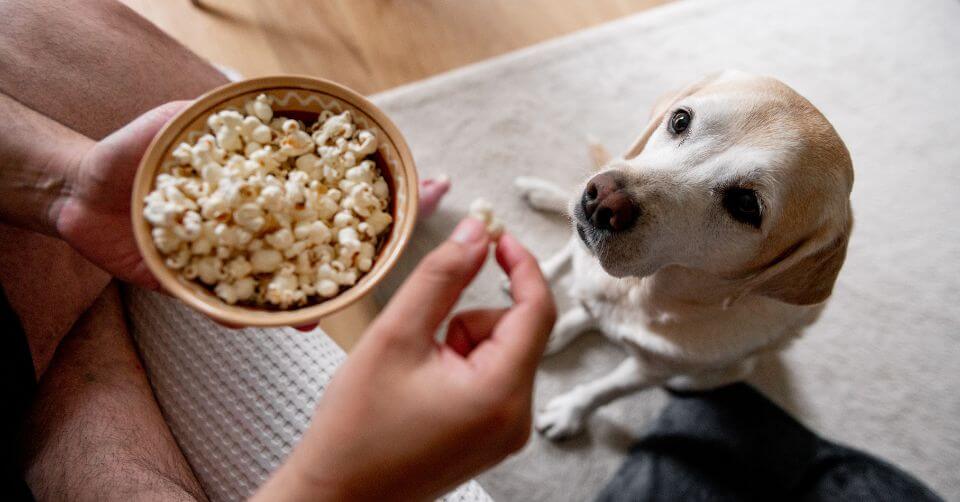
Signs of Your Dog a Dinner Time Beggar?
-
The Stare:
Does your dog sit nearby and fixate on you with a longing look while you’re eating? This classic “puppy eyes” technique is a clear sign of begging.
-
Vocal Pleas:
Some dogs might whine, bark, or make other vocal noises to get your attention and score some tasty morsels.
-
Pawing or Nudging:
If your dog tries to get your attention by pawing at you or nudging your arm while you’re eating, it’s another sign of begging.
-
Performing Tricks Unprompted:
Some smarty-pants dogs might start performing tricks or commands without being asked in an attempt to earn a reward (i.e., your food).
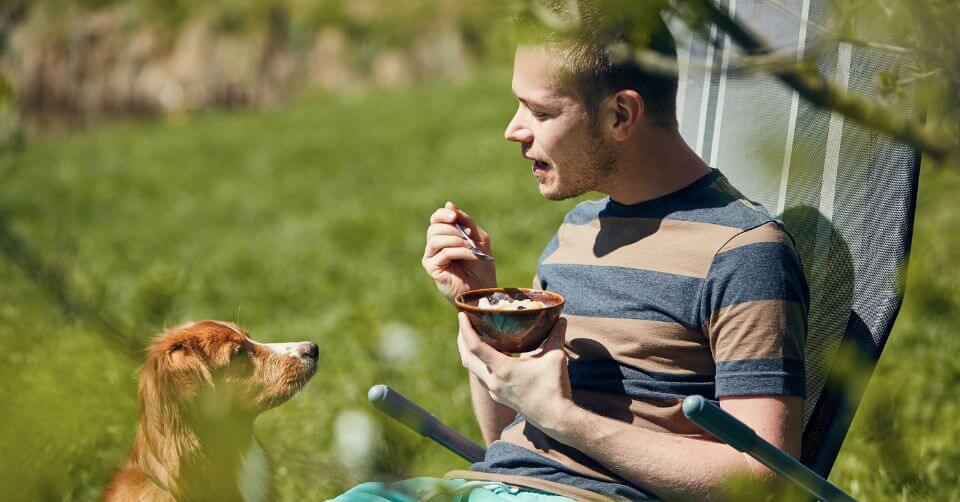
Triggers Why Your Dog Begs for Food
-
It’s Worked Before:
Dogs are smart, and they remember what works. If you’ve given in and shared your dinner even once, they’ll try it again. This inadvertent reinforcement teaches them that begging = food.
-
They’re Not Satisfied:
Sometimes, dogs may beg because they’re still hungry after their own meal. This could be a sign that you need to reassess their diet and feeding schedule.
-
They Want What You’re Having:
Just like kids, dogs are attracted to what you’re eating, especially if it smells and looks more interesting than their regular food.
-
They Want Attention:
Dogs love being the center of your world. If they notice that meal times are when you’re seated and accessible, they may beg for food just to interact with you.
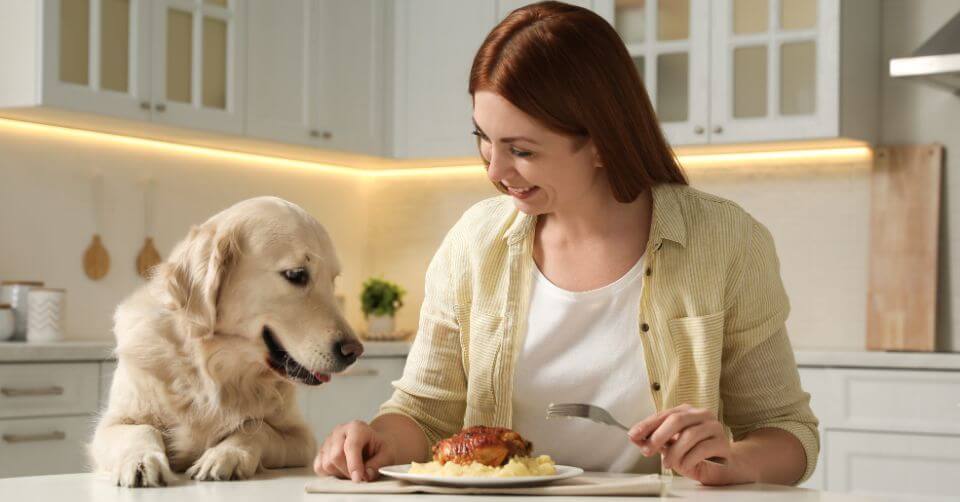
How to Handle Begging for Food: Do’s and Don’ts
Do’s
-
Stick to a Feeding Schedule:
Regular, balanced meals can help curb your dog’s hunger and reduce their desire to beg. Remember, they might just be hungry!
-
Create a Distraction:
Giving your dog a puzzle toy or a long-lasting treat during your dinner time can keep them engaged and less interested in your food.
-
Teach “Go to Your Place” Command
your dog to go to a specific spot, like a bed or a mat, during meal times. Reward them for staying in their place.
Don’ts
-
Don’t Give In:
Resist those puppy dog eyes! It’s hard, but giving in just once can reinforce the begging behavior.
-
Don’t Punish Your Dog:
Scolding or punishing your dog can create fear and anxiety, which may lead to other behavioral issues. Positive reinforcement is the way to go!
-
Don’t Feed Them Table Scraps:
It’s easy to slip them a bit of your dinner, but this can encourage begging and potentially lead to weight issues.

Recommended Products to Manage the Begging for Food Behavior:
Key Features
| Remote-controlled reward system | |
| Uses positive reinforcement for training | |
| Dispenses treats to reward good behavior | |
| Has an extendable target wand for precise positioning | |
| Comes with a training manual for guidance | |
| Equipped with a handheld remote that works up to 100 feet away |
Pros
| Encourages good behavior through positive reinforcement | |
| The remote control allows for control even from a distance | |
| Comes with an instructional guide for effective training | |
| The treat dispenser is an effective distraction from begging |
Cons
| It’s on the expensive side | |
| Some dogs may become overly fixated on the machine | |
| The machine may jam if not cleaned regularly | |
| Requires consistent training to see results |
Key Features
| Emits a hissing sound to interrupt unwanted behavior | |
| Easy to use and portable | |
| Can be used to correct a variety of unwanted behaviors | |
| Comes in different sizes | |
| Pack includes a training guide | |
| Does not contain any harmful propellants |
Pros
| Effective in interrupting and discouraging unwanted behaviors | |
| Easy to use and carry around | |
| Comes with a training guide to aid in proper use | |
| Suitable for use with dogs of all breeds and sizes |
Cons
| The sound might scare some sensitive dogs | |
| Needs to be used responsibly to avoid creating fear or anxiety | |
| The effectiveness might decrease over time if the dog gets used to the sound | |
| Needs to be used consistently for effective results |
Key Features
| Helps with positive reinforcement training | |
| Suitable for training dogs of all ages | |
| Made of stainless steel that won’t rust | |
| Comes with a step-by-step training guide | |
| The clicker has a comfortable grip | |
| Includes a wristband for easy carrying |
Pros
| Encourages good behavior through positive reinforcement | |
| Comes with a training guide to help new users | |
| Its small size makes it portable and easy to use | |
| Suitable for dogs of all breeds and sizes |
Cons
| Requires consistent use for effective results | |
| Training may take time, and results are not immediate | |
| The click sound may not work well with noise-sensitive dogs | |
| The effectiveness relies heavily on the owner’s commitment to the training process |
Key Features
| Slows down eating up to 10 times | |
| Promotes fun and healthy eating | |
| Helps prevent bloating and canine obesity | |
| Comes in different sizes and colors | |
| Made from food-safe materials | |
| Dishwasher safe on the top rack |
Pros
| Slows down feeding time, reducing begging behavior | |
| Turns mealtime into a fun activity for your dog | |
| Made of safe, non-toxic materials | |
| Helps prevent health issues related to fast eating |
Cons
| Some dogs may get frustrated with the slow feeding process | |
| The plastic material may not be durable for aggressive chewers | |
| The bowl may slide around on smooth floors | |
| Some food pieces might be hard to extract, leading to the dog losing interest |
Key Features
| Can be filled with treats or kibble | |
| Helps with mental stimulation and satisfies instinctual needs | |
| Made from durable, natural rubber | |
| Great for moderate chewers | |
| Available in different sizes to suit all breeds and sizes of dogs | |
| Can be frozen for longer-lasting play |
Pros
| Keeps dogs engaged and reduces begging behavior | |
| Its durability makes it suitable for long-term use | |
| Can be frozen to prolong playtime and soothe teething puppies | |
| Suitable for dogs of all breeds and sizes |
Cons
| Some dogs may not show interest in the toy | |
| Can be messy if filled with wet food or peanut butter | |
| May not be durable enough for aggressive chewers | |
| Finding the right size for your dog might be challenging |
Key Features
| Encourages chasing and pouncing through engaging sounds | |
| Interactive play with two connected toys | |
| Toys automatically shut off after 60 minutes of inactivity | |
| Long-lasting battery life | |
| Made from durable material suitable for long playtimes | |
| The squeak sound can be turned off when needed |
Pros
| Provides interactive play to keep dogs engaged | |
| Can effectively reduce attention-seeking behaviors like begging | |
| Durable design that’s suitable for long playtimes | |
| The automatic shut-off feature saves battery |
Cons
| Not suitable for aggressive chewers | |
| Some dogs may not respond to the sounds | |
| Might not be as effective for dogs not interested in toys | |
| Batteries need to be replaced over time |
Key Features
| Interactive hide and seek plush toy | |
| Keeps dogs entertained and engaged | |
| Squeaky toys provide added interest | |
| Soft texture that’s gentle on your dog’s mouth | |
| Available in a variety of designs and themes | |
| Suitable for dogs of all sizes |
Pros
| Interactive play can distract from begging behavior | |
| The squeaky toys offer added entertainment | |
| Soft texture is gentle on dogs’ mouths | |
| Suitable for dogs of all sizes and breeds |
Cons
| Not suitable for aggressive chewers | |
| Some dogs may quickly lose interest in the toy | |
| Squeaker can be destroyed easily by some dogs | |
| The small parts can be a choking hazard if destroyed |
Key Features
| Interactive treat-dispensing dog toy | |
| Adjustable difficulty levels for continued interest | |
| Made of durable, non-toxic material | |
| Promotes slow eating | |
| Easy to clean and refill | |
| Available in two sizes |
Pros
| Keeps dogs entertained and reduces begging behavior | |
| Difficulty levels can be adjusted to keep your dog interested | |
| Promotes slow eating which is healthier for dogs | |
| Made from durable and safe materials |
Cons
| Not suitable for aggressive chewers | |
| Some dogs may lose interest if the difficulty level is too high | |
| Can be challenging to clean | |
| Some dogs might find it hard to get the treats out |




